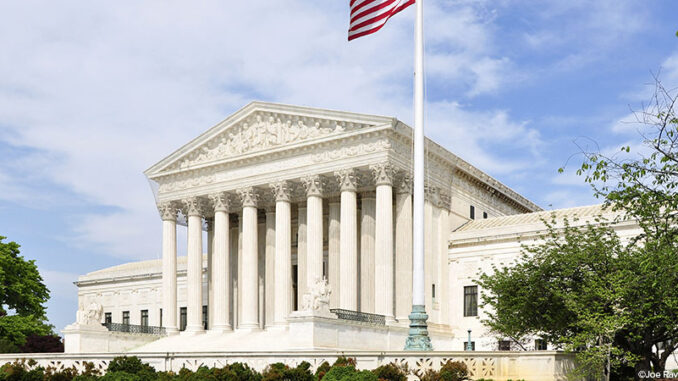
On September 18, 2020, Supreme Court Justice Ruth Bader Ginsburg passed away at the age of 87. Nominated by President Bill Clinton in 1993, Ginsburg was only the second woman to serve on the Supreme Court, and was a fierce advocate for women’s rights, workers’ rights, and the separation of church and state. Here, btw takes a closer look at the life and legacy of Justice Ruth Bader Ginsburg.
Beginnings
Joan Ruth Bader was born on March 15, 1933 in a low-income neighborhood in Brooklyn, New York. Her mother, who passed away from cancer just a day before Ruth’s high school graduation, taught her daughter the value of a good education. To that end, Ruth attended Cornell University, where she graduated first in her class in 1954. As a young wife and mother, she later attended Harvard Law School as one of only eight women in a class of over five hundred students. In 1960, she applied to work as a clerk at the Supreme Court but was rejected due to her gender. She eventually transferred to Columbia Law School and graduated first in her class, going on to become the first female tenured professor in the school’s history. She was appointed to the U.S. Court of Appeals in 1980 by President Jimmy Carter, and remained there until she was confirmed by the U.S. Senate to the Supreme Court in 1993.
On the Court

Initially, Ginsburg was viewed as a moderate liberal Supreme Court Justice. Looking back on her place in the legal history of the court it is clear that she always strove for gender and racial equality in her decisions and legal interpretations. United States v. Virginia, for example, held as unconstitutional the Virginia Military Institute’s exclusion of qualified female candidates because of gender. Her dissent opinion in Ledbetter v. Goodyear supported the goal of a pay discrimination legal challenge that tried to achieve income equality between men and women. Though the case failed on a legal technicality, Justice Ginsburg’s legal argument made an impact. Congress and President Obama signed the Lily Ledbetter act in 2009 that established equal pay legislation. Justice Ginsburg also indicated in several legal cases her support for female reproductive equality and the right of same-sex marriage. It was in 2015. that she was instrumental in helping decide the Obergefell v. Hodges case, making same-sex marriage legal in all fifty states.
Her Life
Ginsburg married Martin Ginsburg in 1954, the same year as her graduation from Cornell. They parented two children and remained married until his death in 2010. In the years following her husband’s death, Ginsburg experienced many health challenges, including colon cancer, pancreatic cancer, and lung cancer. In November 2018, she was hospitalized after falling and breaking three ribs. Then, in July 2020, she announced that she was undergoing treatment for a recurrence of liver cancer. Ultimately, it was complications from pancreatic cancer that led to her death last weekend at her home in Washington, D.C.
Her Legacy
“The Notorious RBG,” as she was sometimes referred to , will be remembered for many things. Her strongly-worded dissents in opposition to some Court rulings; Her biography, Notorious RBG: The Life and Times of Ruth Bader Ginsburg hit the best-seller list the day after it was published in 2015. A documentary film about her life also achieved surprise box office success in 2018. An unexpected feminist icon and a champion of the voiceless in society, Justice Ginsburg’s legacy will live on.
